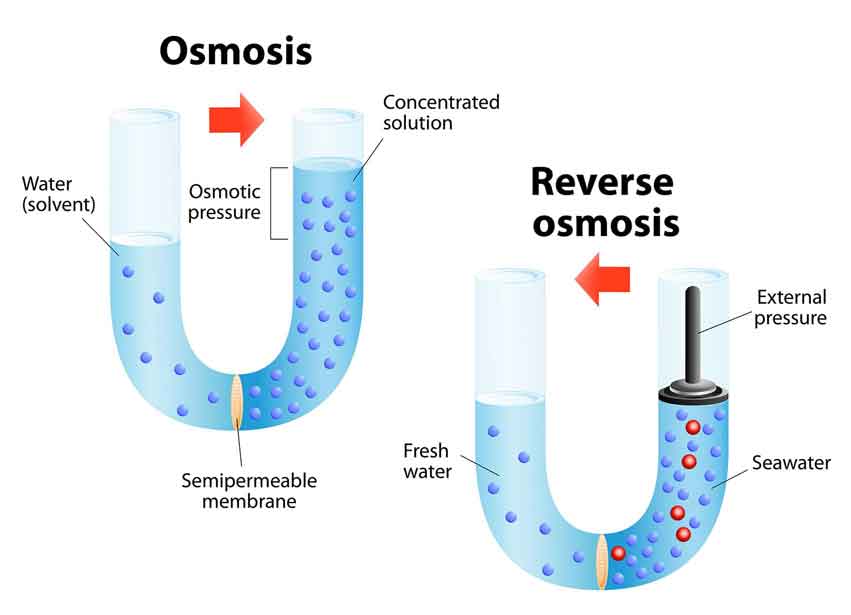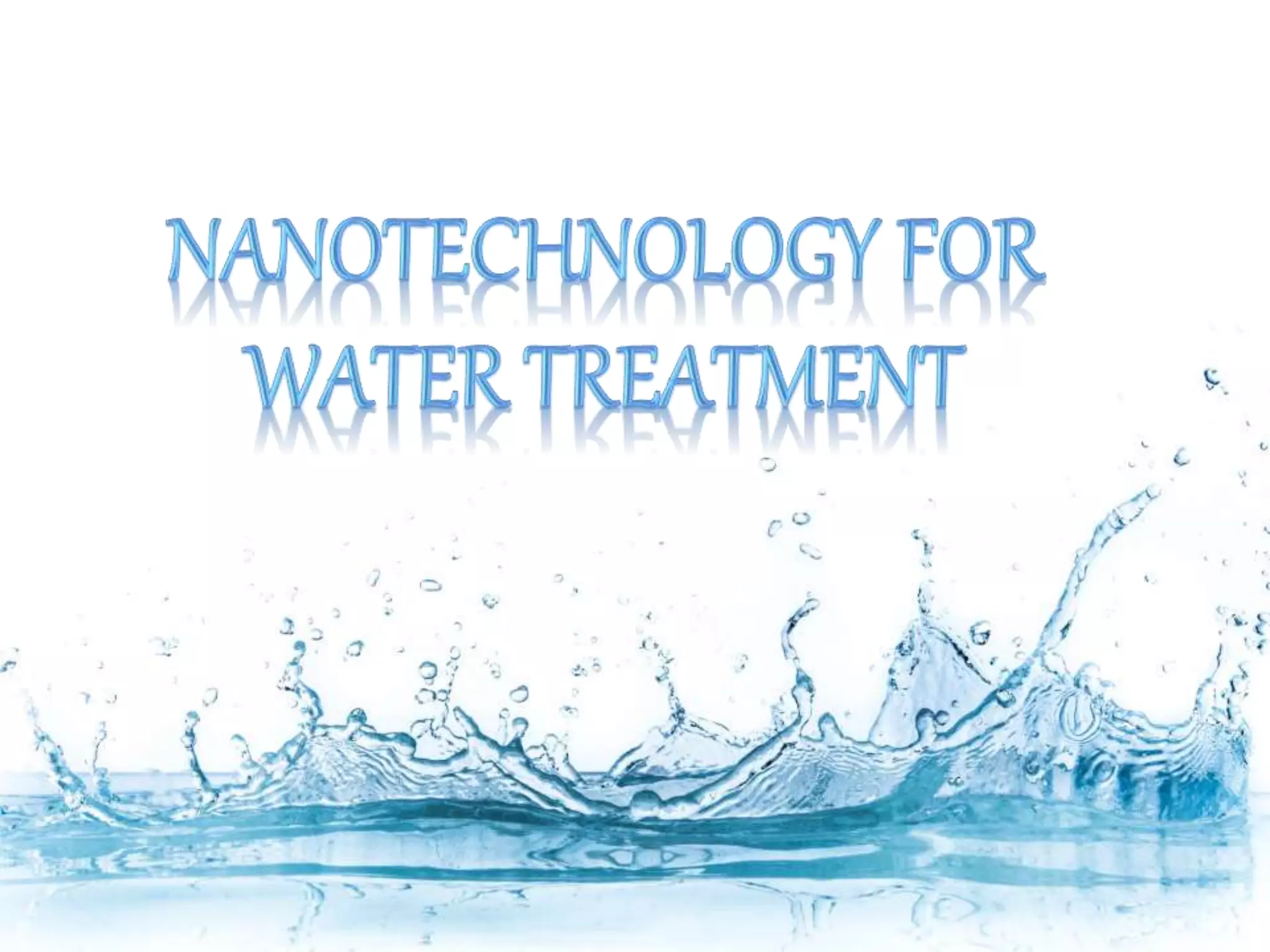Health Risks of Untreated Water: The Importance of Water Treatment

1. Introduction
Access to clean and safe water is a basic human right, yet millions around the world still lack access to treated water sources. The primary reason for this is the potential health risks posed by untreated water.
The risks of untreated water
Untreated water can contain a plethora of contaminants, including bacteria, viruses, chemicals, and pollutants. These contaminants can lead to severe health consequences when consumed or used for daily activities.
2. Common Contaminants
Bacteria and viruses
Bacteria such as E. coli and viruses like hepatitis A can thrive in untreated water sources, causing illnesses like diarrhea, nausea, and even life-threatening infections.
Chemical pollutants
Untreated water often contains harmful chemicals like lead, arsenic, and pesticides, which can leach into groundwater and compromise public health.
3. Waterborne Diseases
A silent threat
Waterborne diseases are often silent, lurking in untreated water sources until they strike. They can spread rapidly, affecting entire communities.
Impact on public health
Waterborne diseases have a significant impact on public health, causing illnesses and sometimes leading to epidemics in areas with limited access to clean water.
4. Health Risks
Gastrointestinal problems
Consuming untreated water can result in severe gastrointestinal issues, including stomach cramps, vomiting, and diarrhea.
Skin issues
Untreated water can also cause skin problems like rashes and irritations when used for bathing or washing clothes.
Long-term health effects
Continuous exposure to untreated water can lead to long-term health effects, including chronic illnesses and developmental problems in children.
5. Vulnerable Populations
Children and the elderly
Children and the elderly are particularly vulnerable to the health risks associated with untreated water due to their weaker immune systems.
Immune-compromised individuals
Individuals with compromised immune systems, such as those undergoing chemotherapy, are at heightened risk when exposed to untreated water.
6. Importance of Water Treatment
Purifying water sources
Water treatment plays a crucial role in purifying contaminated water sources, making them safe for consumption and other uses.
Ensuring safe drinking water
Water treatment facilities are responsible for ensuring that the water supplied to homes and businesses meets strict safety standards.
7. Water Treatment Methods
Filtration
Filtration processes remove impurities and particles from water, ensuring that it is safe to drink and use.
Disinfection
Disinfection methods, such as chlorination, kill harmful microorganisms in water, preventing the spread of waterborne diseases.
Chemical treatment
Chemical treatment processes neutralize and remove chemical contaminants, safeguarding water quality.
8. Role of Regulations
EPA standards
Regulatory agencies, like the Environmental Protection Agency (EPA), set and enforce standards for water treatment to protect public health.
Compliance and enforcement
Strict compliance and enforcement of water treatment regulations are essential to ensure that water remains safe for consumption.
9. Home Water Treatment
Options for homeowners
Homeowners have various options for treating their water, from point-of-use filters to whole-house treatment systems.
DIY vs. professional systems
Choosing between do-it-yourself (DIY) and professional water treatment systems depends on individual needs and preferences.
10. Benefits of Clean Water
Improved health outcomes
Access to clean water leads to improved health outcomes, reducing the incidence of waterborne diseases and related health issues.
Economic benefits
Investing in water treatment has economic benefits, as it reduces healthcare costs and increases productivity.
11. Environmental Impact
Protecting ecosystems
Water treatment not only benefits human health but also protects ecosystems by reducing pollution and preserving aquatic life.
Reducing pollution
Effective water treatment reduces the discharge of pollutants into rivers, lakes, and oceans, benefiting the environment.
12. Conclusion
The urgency of water treatment
The health risks associated with untreated water underscore the urgency of investing in water treatment infrastructure and practices.
Collective responsibility
Ensuring access to safe water is a collective responsibility that requires collaboration among individuals, communities, and governments.
13. FAQs
How does water treatment work?
Water treatment involves processes like filtration, disinfection, and chemical treatment to remove contaminants from water.
Are there natural water purifiers?
Some natural processes, like soil filtration and sunlight exposure, can help purify water to some extent, but they may not eliminate all contaminants.
Can untreated water cause cancer?
Certain chemical contaminants in untreated water, like arsenic and benzene, have been linked to an increased risk of cancer when consumed over a long period.
Is bottled water safer than tap water?
Bottled water is often treated, but its safety depends on the source and the bottling process. Tap water, when treated correctly, can be equally safe.
What’s the impact of water pollution on wildlife?
Water pollution can have devastating effects on aquatic ecosystems, leading to the decline of fish populations and harming wildlife that relies on clean water sources.











